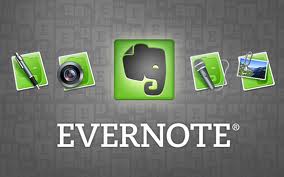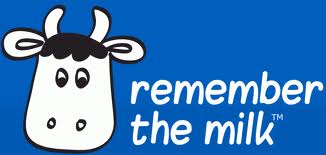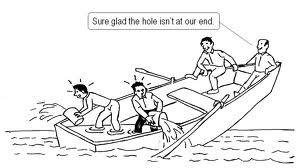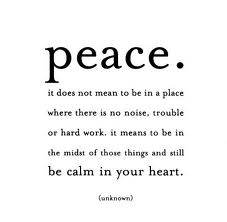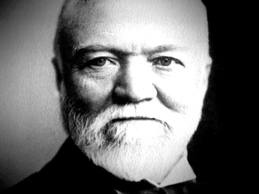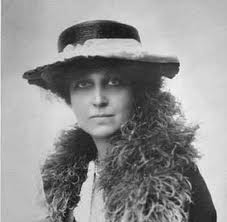 Spring is in the air or at least that is what my allergy sensitive nose tells me. This can only mean one thing. Young adults (and even some not so young adults) are donning their mortar board caps and marching down the aisles at institutions of higher education. I really love this time of the year because it is full of hope and promise. So, in honor of the Class of 2012, I will spend the next few days talking about educational opportunities for non-profit professionals. Today, we’re taking a closer look at North Park University and their Master of Nonprofit Administration program (M.N.A.).
Spring is in the air or at least that is what my allergy sensitive nose tells me. This can only mean one thing. Young adults (and even some not so young adults) are donning their mortar board caps and marching down the aisles at institutions of higher education. I really love this time of the year because it is full of hope and promise. So, in honor of the Class of 2012, I will spend the next few days talking about educational opportunities for non-profit professionals. Today, we’re taking a closer look at North Park University and their Master of Nonprofit Administration program (M.N.A.).
I don’t know about you, but “back in the day” my non-profit alma mater was the School of Hard Knocks. I learned how to manage volunteers by jumping in and doing it, succeeding in some cases, and making mistakes in other instances. I learned how to cultivate, solicit and steward donors in the exact same way.
I believe human resource professionals call this “learning on the job”. I know this might sound crazy, but I look back fondly upon all of those experiences (both successful and not so successful) and wouldn’t trade any of it in for all of the wealth in the world.
With this being said, I am excited to see that colleges and universities are now offering certificates and degree programs in a variety of non-profit professions. Here is how North Park University describes their M.N.A. program:
The M.N.A. prepares students for senior-level positions in the nonprofit sector. The curriculum responds directly to skill sets and knowledge required for nonprofit executives and leaders, including board governance, fundraising, financial management, and outcomes measurement.
 Some of the classes they offer are packed full of information that today’s executive directors and fundraising professionals need to succeed. The following are just a few course titles:
Some of the classes they offer are packed full of information that today’s executive directors and fundraising professionals need to succeed. The following are just a few course titles:
- Annual and Major Gift Fundraising
- Measuring Outcomes and Assessment
- Nonprofit Financial Decision Making
- Human Resources Management
- Nonprofit Board Governance and Volunteer Management
In addition to their degree program, North Park University offers a number of non-profit certificates including: Church Administration, Fundraising Management, Healthcare Management, Education Administration, Nonprofit Finance, Nonprofit Governance, Nonprofit Management, and Nonprofit Marketing.
 Embedded inside of North Park University’s School of Business and Nonprofit Management is the Axelson Center for Nonprofit Management. It is here that non-profit professionals will find continuing education trainings, webinars, workshops, and an annual symposium. This year’s symposium is scheduled for June 4-5 at the Holiday Inn, Chicago Mart Plaza. While everything looks very engaging, a few of the more interesting training tracks in my opinion are:
Embedded inside of North Park University’s School of Business and Nonprofit Management is the Axelson Center for Nonprofit Management. It is here that non-profit professionals will find continuing education trainings, webinars, workshops, and an annual symposium. This year’s symposium is scheduled for June 4-5 at the Holiday Inn, Chicago Mart Plaza. While everything looks very engaging, a few of the more interesting training tracks in my opinion are:
- Generating Resources
- Next Gen
- Growth Strategies
Click here for more information about this symposium and find out what they mean by “Reignite Your Vision”.
Did you graduate from a higher education institution with a non-profit related degree? If so, please share more about your alam mater. If not, please share a non-profit experience from your past that you can honestly say helped shape who you are today. We can learn from each other.
Here’s to your health!
Erik Anderson
Founder & President, The Healthy Non-Profit LLC
www.thehealthynonprofit.com
erik@thehealthynonprofit.com
http://twitter.com/#!/eanderson847
http://www.facebook.com/eanderson847
http://www.linkedin.com/in/erikanderson847


